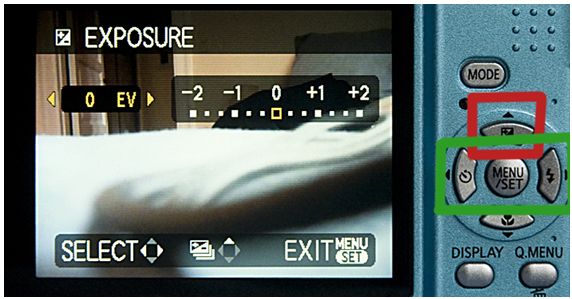|
|
|
|
Slow synchronization function
Not all cameras have this option. In general this function is more common in compact cameras that DSRL. When using this function the camera will use a low speed when taking flash pictures.
This can be used to achieve different effects on the picture and thus achieve more creative photos.
If we take pictures at night, where cars are moving for example, we get what is in the foreground and therefore illuminated by the flash, get crisp, frozen and background, cars moving, get moving.
Another thing we can do is just move the camera flash fires. What will be the result in the picture? What lights flash frozen out and the rest have moved.
Over and under exposure with flash
One of the biggest problems with which people find themselves when taking pictures with flash is that many of these out over-exposed or under exposed.
This occurs because the camera will fire the flash amount deemed necessary according to the light reaching the photometer.
The problem is that the meter can and is deceived so many times and ended up with photos that are not properly exposed.
If, for example, we are taking pictures in a very dark scene (to set an example for the night out), the camera will record that no light or very dim light.
Then I will tell the flash to continue shooting until the maximum power. If you are photographing a person in the foreground the person is likely to receive too much light will flash and the background, however, will go dark (the background is further away and being a low-power flash often fails to illuminate).
Basically the picture is useless because neither the background nor the person are well lit.
Sometimes it may happen that we are taking pictures outside in the sun as a bright light and add flash light, if we have a person or object in the foreground may leave it too overexposed.
So how do we correct the errors that occurs in flash? The corrected by using the EV. EV stands for Exposure'' English'' values is, exposure values.
When we modify the EV, the camera flash to add light or reduce the amount of flash that illuminates a particular scene.
EV function in compact cameras is usually at the back of the camera and appears as a + / -. In the photo below you can see inside the red box.

When I press the button I will see a table with a number 0 in the middle and a +1, +2, -1 and -2.
These numbers correspond to a point of light so if I put in +1 the flash will fire more than 1 point light 0. and vice versa. If I put it to -1 the flash will fire 1 point of light at 0.
|

